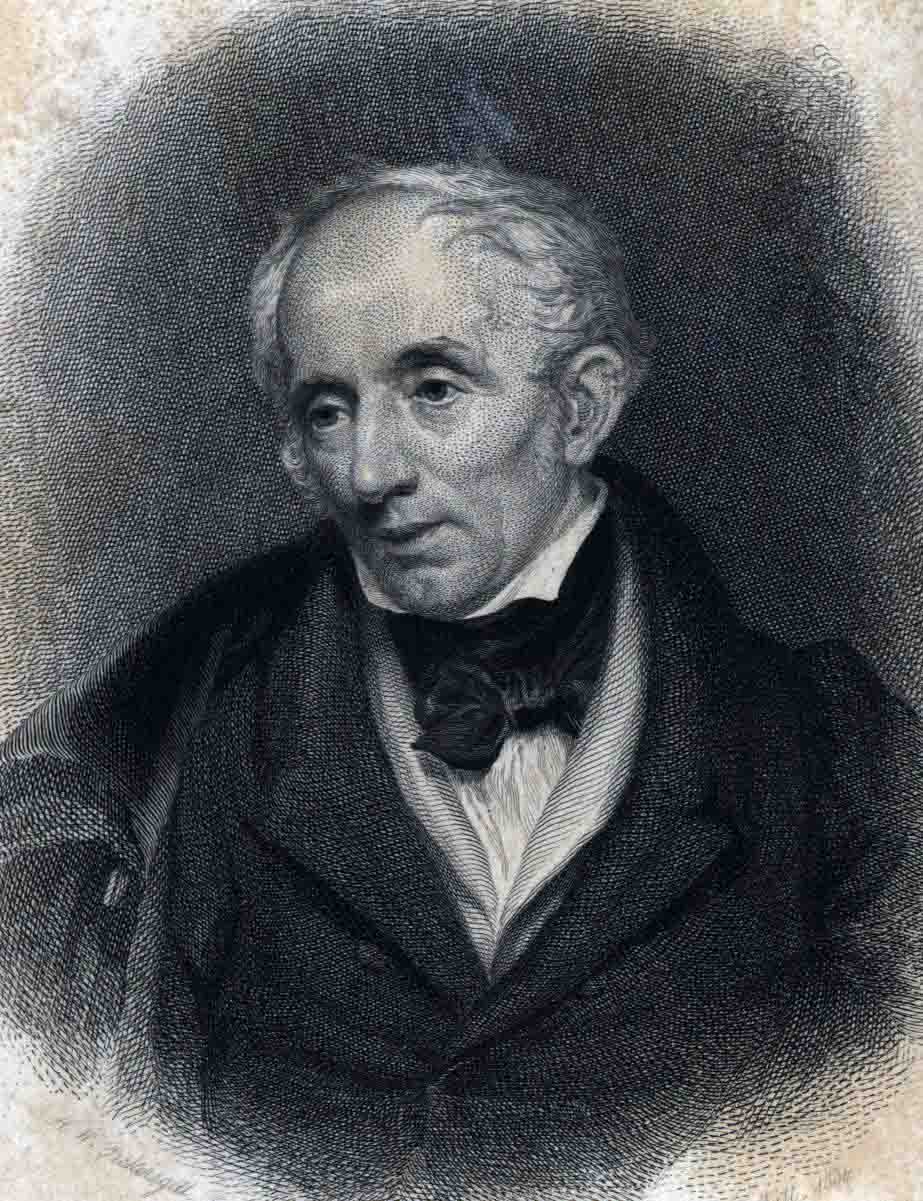William Wordsworth Collection
 Scope and Content
Scope and Content

This synthetic collection of Wordsworth's poetry derives mostly from donations and endowed fund purchases which accrued steadily in the 1940s and 1950s. The collection currently comprises 34 works, many with multiple volumes, most of which are contemporaneous with the author’s life (or facsimiles thereof). Of especial note within the collection is the first edition of Lyrical Ballads, published in 1798. Several of the books have interesting associations; including one inscribed to a Mrs. Harrison by Wordsworth on August 19th, 1843 bearing Wordsworth's signature, and others that tie the original owners or the physical volumes to the Lake District. Some of the books have craft bookbindings which suggests they were highly esteemed.
Inventory | Historical Context | Additional Resources
Inventory
OBIS records for Wordsworth holdings in Special Collections
Special Collections also holds guidebooks describing the English Lake District that date from the period of Wordsworth's life.
Historical Context
Throughout his formative years, Wordsworth had been a voracious reader, and had penned several poems which, although failing to bring him fame or fortune, show early signs of the poetic genius he was to display later in his career. In 1790, the summer before his last semester at Cambridge, Wordsworth and his friend Robert Jones embarked on a hiking trip through France and the Alpine regions - a dangerous prospect while the French Revolution was raging. This trip, combined with childhood memories gamboling through the English Lake District, would influence his poetical work more than any other experience in his life. The year 1795 saw a turning point in Wordsworth’s poetical career: a mutual friend introduced him to Samuel Taylor Coleridge, who would encourage Wordsworth’s work and with whom Wordsworth would collaborate on the bastion of Romantic poetry, the Lyrical Ballads (1798). The two wrote poetry which rejected the stiff, rigid rules of traditional poetic forms, such as sonnets, and instead chose to write in free verse. Perhaps Wordsworth's most famous work, The Prelude; or, Growth of a Poet's Mind (1850), was a piece he worked on constantly throughout his career, but was never published during his lifetime.
Wordsworth and Coleridge's work is generally considered to form the basis of the Romantic movement in poetry, which stresses man’s connection to nature through imagery and simplicity of verse. Wordsworth in particular was interested in a return to nature, and his poetry displays a reaction against the established education system in favor of the education that could be gained “running wild among the Mountains” (letter of 16 December 1845).
Additional Resources
Gill, Stephen. "Wordsworth, William (1770–1850), poet." Oxford Dictionary of National Biography.
Parrish, Stephen Maxfield. “William Wordsworth.” Encyclopedia Britannica. “William Wordsworth, 1770-1850.” Poetry Foundation. “William Wordsworth.” Poets.org.
Rebecca Sparagowski